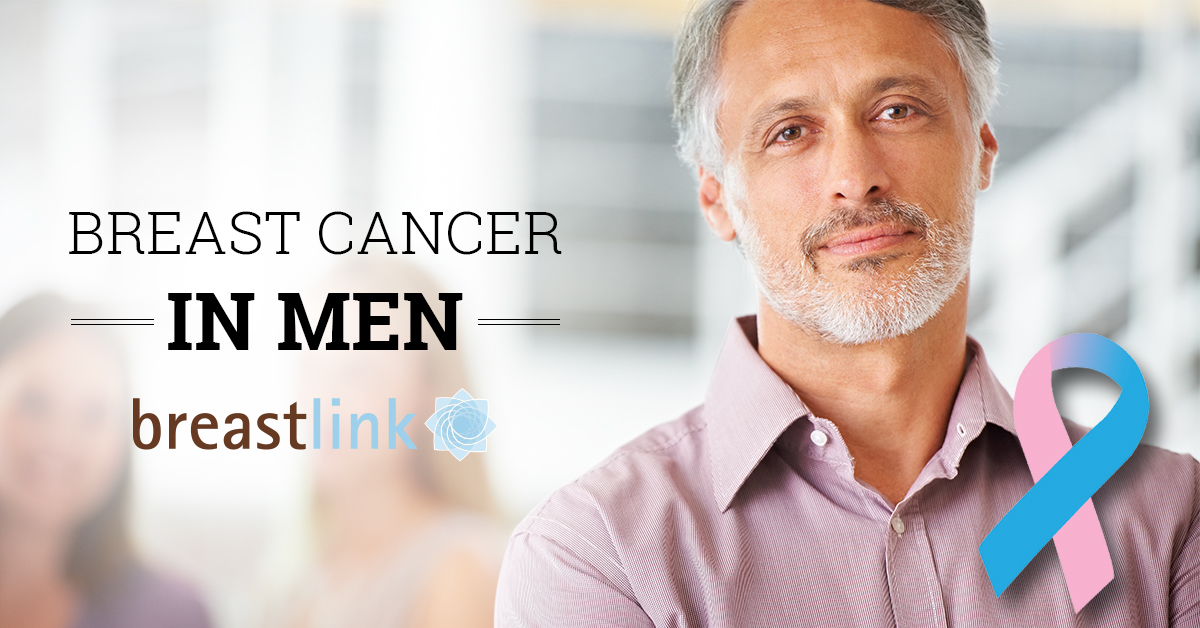Although male breast cancer is rarely discussed, it is not exceedingly rare. On average, for every hundred females diagnosed with breast cancer, there will be one male diagnosed with breast cancer. Approximately 2,000 cases of male breast cancer are diagnosed yearly in the USA, compared to approximately 200,000 cases of female breast cancer diagnosed per year. The incidence of male breast cancer is increasing in the USA, probably because of increasing life expectancy.
Male breast cancer can occur over a wide range of ages, but are most common in the 60’s and 70’s, and are rare before the age of 50. Male breast cancer typically presents as lumps, but on occasion presents as bloody nipple discharge. Another unusual presentation is irritation or ulceration of the skin, a condition referred to as Paget’s disease.
One obvious difference between breast cancer in women and breast cancer in men is that men do not participate in annual mammographic screening or in breast self-examination. As a result, we virtually never detect male breast cancers on screening mammograms. However, in women, more than half of all breast cancers are first detected on screening mammograms. Therefore, it is common for men to present with more advanced cancers. Indeed, almost half of all male breast cancers are stage III or stage IV when diagnosed, where as only 10% of women present with stage III or stage IV cancers.
Although all males are at risk for developing breast cancer, there are risk factors that put some males at increased risk. Examples include: exposure to radiation, exposure to estrogen, obesity, liver disease, and chronic alcoholism. The greatest risk factor for men is the inheritance of an extra X chromosome, a condition called Klinefelter syndrome. Fortunately, this condition is very rare.
Approximately half of men who develop breast cancer have a gene mutation called BRCA1/2. It is essential that any male with breast cancer receive a genetic consultation and be tested for the BRCA1/2 gene. Approximately 5-7 percent of men with BRCA mutation will develop breast cancer by age 70.
The issue of male breast cancer is also of great importance to women, since having a male family member with breast cancer increases their risk of a BRCA1/2 mutation. Women who have a first or second-degree male relative with breast cancer should be considered at increased risk for developing breast cancer, and should consider having gene testing as well as more aggressive breast cancer screening.
The bottom line is that men should be more aware of their bodies. Although monthly self-exam is not generally recommended, except for men who are known BRCA1/2 carriers, all men should at least be aware of any change in their breasts and should report any changes to their physician. A physical exam and a mammogram can easily distinguish between a cancer and a benign (non-cancerous) lump or other change in the breast. By following these simple guidelines, the chances for detecting male breast cancer at a earlier stage would be greatly improved.




Add new comment